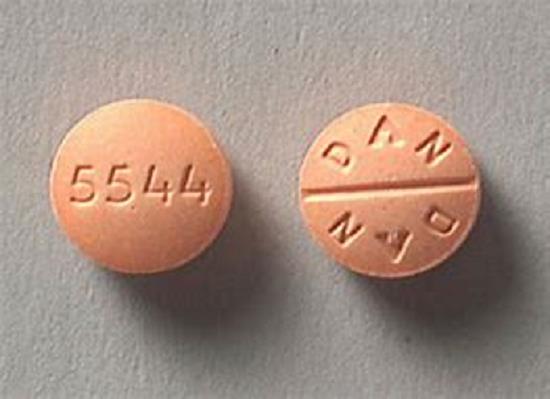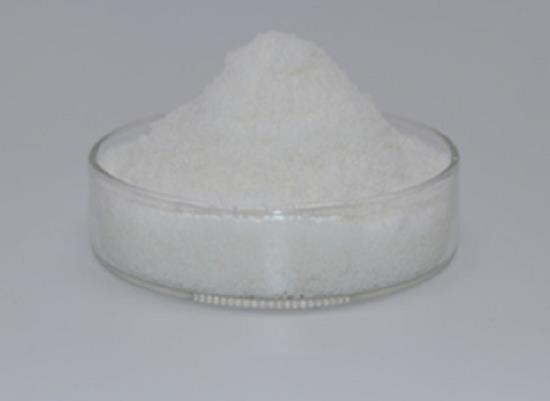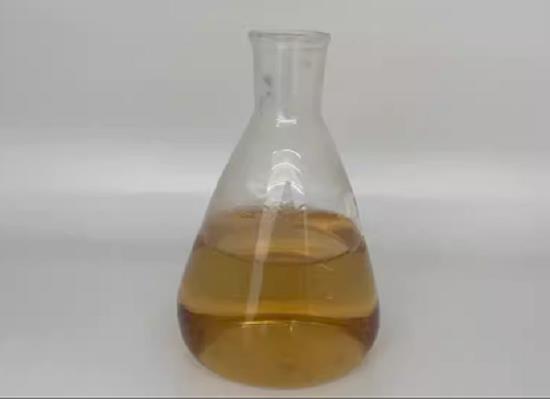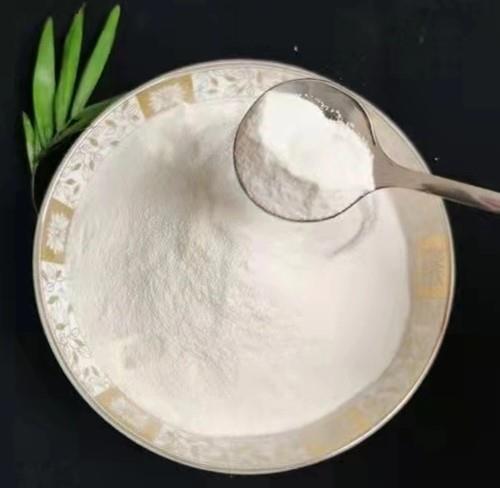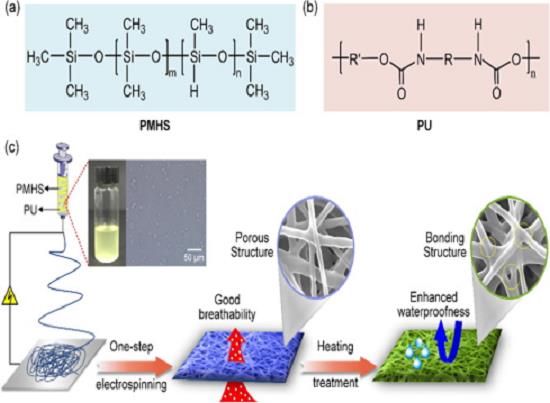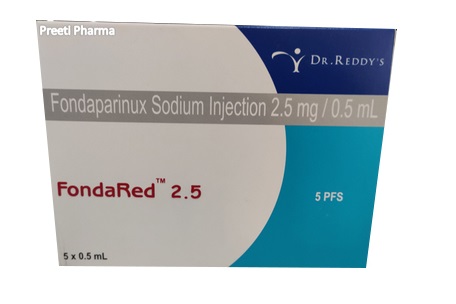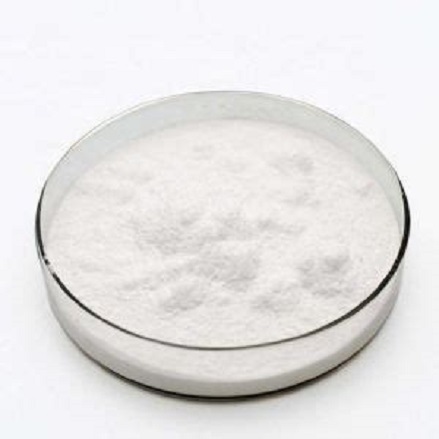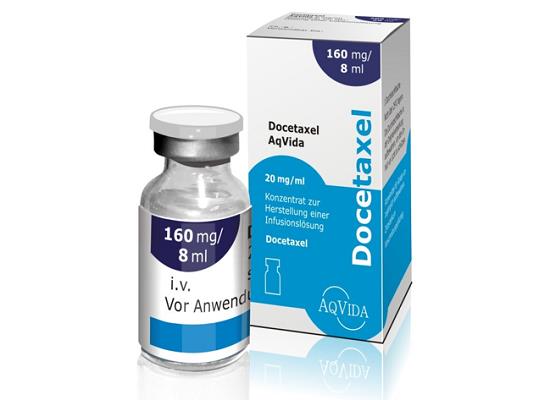Active Pharmaceutical Ingredients (API), popularly speaking, are the raw materials of medicines, only pharmaceutical raw materials are processed into pharmaceutical preparations , can they become medicines available for clinical use, so drugs we usually eat are the finished drugs through processing. Active Pharmaceutical Ingredients based on its sources can be divided into two major categories ,including chemical synthetic drugs and natural chemical drugs. Chemical synthetic drugs can be divided into organic synthetic drugs and inorganic synthetic drugs. Inorganic synthetic drugs are inorganic compounds ( very few is element), such as aluminum hydroxide, magnesium trisilicate which are used for the treatment of gastric and duodenal ulcers ; organic synthetic drugs are mainly composed of drugs made by basic organic chemical raw materials, through a series of organic chemical reactions (such as aspirin, chloramphenicol, caffeine, etc.). Natural chemical drugs ,based on its sources,can be divided into two categories including biochemical drugs and plant chemical drugs. Antibiotics are generally made by the microbial fermentation, which belongs to the biochemistry category. A variety of semi-synthetic antibiotics occurs in recent years,which are biosynthesis and chemical synthesis combining products.Among active Pharmaceutical Ingredients, the organic synthetic drugs varieties, yields and values have the largest proportion,which are the main pillars of the chemical and pharmaceutical industries. The quality of active Pharmaceutical Ingredients decides whether the formulation is good or bad , so its quality standards are very strict ,countries in the world have developed national pharmacopoeia standards and strict quality control methods for its widely used active Pharmaceutical ingredients.
Allopurinol: mechanism of action and clinical efficacy
Allopurinol is a medication commonly used to treat gout. However, recent studies have shown that Allopurinol may be beneficial for other health conditions as well.
Jun 20,2023 API1,3-Propane sultone:high reactivity, mechanism of carcinogenesis and applications
1,3-Propane sultone is a chemical compound that belongs to the class of sulfolane compounds with high reactivity and carcinogenicity, which is widely used in industrial production.
Jun 19,2023 APIMethyl anthranilate: production and applications
Methyl anthranilate, a natural metabolite with a characteristic grape-like odor, can now be directly produced via microbial fermentation, and shows many potential applications.
Jun 16,2023 API3-Chloroperbenzoic acid (m-CPBA): A Versatile Reagent in Organic Synthesis
3-Chloroperbenzoic acid (mCPBA) is an efficient oxidizing reagent and used for many oxidative transformations.
Jun 12,2023 APIExploring the versatile applications of poly(methylhydrosiloxane) in material engineering
Poly(methylhydrosiloxane) is a versatile material that has numerous applications in the field of material engineering.
Jun 9,2023 APIMechanism of action of Fondaparinux sodium
rixtra, also known as Fondaparinux sodium, is a drug that inhibits Factor X, a protein involved in blood clotting.
Jun 7,2023 APICarbamazepine:pharmacokinetics, clinical efficacy, and side effects
Carbamazepine is a widely used antiepileptic drug that offers clinicians many choices for treating epilepsy and trigeminal neuralgia. However, carbamazepine can cause several adverse drug reactions.
Jun 7,2023 APIDocetaxel: activity, mechanism of action and pharmacokinetics
Docetaxel is a chemotherapy drug that has potent anti-cancer activity against various tumors and has promising effects in promoting the biogenesis of high-density lipoprotein to prevent heart disease.
Jun 7,2023 APITofacitinib: pharmacokinetics, pharmacology and safety
Tofacitinib is one of these inhibitors targeting JAK1 and JAK3, and its efficacy has been demonstrated in the treatment of moderate to severe ulcerative colitis and rheumatoid arthritis.
Jun 2,2023 APISodium Lauryl Ether Sulfate: Understanding Its Chemical Structure and Applications
Sodium Lauryl Ether Sulfate is an anionic surfactant commonly used in personal care and household cleaning products.
May 31,2023 API



